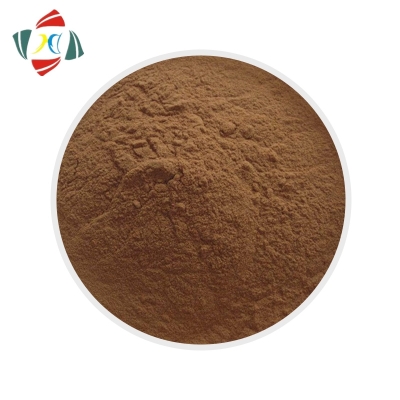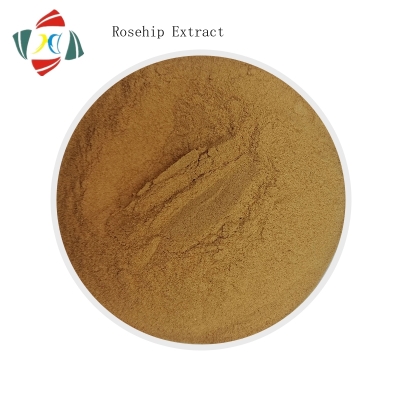-
Categories
-
Pharmaceutical Intermediates
-
Active Pharmaceutical Ingredients
-
Food Additives
- Industrial Coatings
- Agrochemicals
- Dyes and Pigments
- Surfactant
- Flavors and Fragrances
- Chemical Reagents
- Catalyst and Auxiliary
- Natural Products
- Inorganic Chemistry
-
Organic Chemistry
-
Biochemical Engineering
- Analytical Chemistry
- Cosmetic Ingredient
-
Pharmaceutical Intermediates
Promotion
ECHEMI Mall
Wholesale
Weekly Price
Exhibition
News
-
Trade Service
November 1, 2020 /--- -- Researchers at Bochum Ruhr University (RUB) have studied the role of immune responses in glare development in mice.
show that inflammatory processes are associated with the pathogenesis of the disease, and that the extracellular substation molecule Tenascin-C plays a key role as a regulator of the immune response.
glare is a common cause of blindness worldwide.
, the patient's in-eye pressure increases, but about 40% remains within the normal range.
results on the role of the immune response were published online October 9, 2020 in the journal Frontiers in Immunology.
collaboration was carried out by Dr Susanne Wiemann of the RUB Department of Cell Morphology and Molecular Neurobiology, Dr Jacqueline Reinhard and Professor Andreas Faissner, and Dr Sabrina Reinehr and Professor Sabrina Reinehr and Professor Stephane Joachim of the Experimental Eye Institute at University Eye.
(Photo: www.pixabay.com) Tenascin-C's inflammatory immune response researchers studied mice lacking Tenascin-C and compared them to animals with the protein.
two groups of animals, they both induced autoimmune glaucup, similar to human glaucup.
mice without Tenascin-C, the behavior of the immune cells of the central nervous system was different from that of mice with Tenascin-C.
cells are less reactive and release more anti-inflammatory factors.
, however, in animals with Tenascin-C, small glial cells secrete more inflammatory factors.
the team also observed effects on retinal nerve cells, which transmit visual information from the eye to the brain and often die from glare damage.
mice with Tenascin-C died of significantly more retinal nerve cells than mice without Tenascin-C.
, in contrast to mice with Tenascin-C, the optic nerves of mice without Tenascin-C remained intact.
results show that Tenascin-C works in the glare eye by regulating the inflammatory process.
one day, this discovery may help with the early diagnosis of glare," said Susanne Wiemann, a researcher at the study.
(bioon.com) Source: The link between glaucoma, The immune system and protein tenascin-C Original source: Ross of the extracellular matrix matrix tenascin-C leads to reactive gliosis and promotes anti-lagy cytokine expression an autoimmune glaucoma mouse, models in Immunology, 2020, DOI: 10.3389/fim.2020.56629







